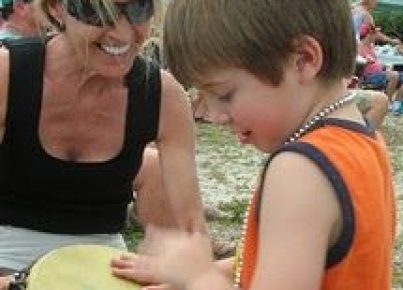Music has long been celebrated for its power to evoke emotions, stimulate the mind, and create ambiance. In the educational setting, music is an invaluable asset that can transform the learning environment in numerous ways. Integrating music into the classroom can enhance teaching methods, engage students, and foster a creative and dynamic learning experience.
One powerful way to use music in the classroom is for setting the tone and atmosphere. Calm, instrumental tracks can promote a relaxed environment conducive to focus and concentration during work periods or tests. Conversely, upbeat rhythms can energize students during breaks or physical education activities.
Another educational application of music is through mnemonic devices. Songs or raps with catchy tunes can be custom-made to convey content from various subjects such as language arts, history, or mathematics. The combination of rhythm and rhyme aids in memory retention, helping students recall information with greater ease.
Music also serves as a tool for cultural education. By exposing students to music from different countries and historical periods, educators can enrich curriculum content with cultural context and relevance. This not only piques student interest but also promotes cultural literacy and empathy.
Moreover, music can be used to enhance reading and linguistic skills. Background music played during silent reading sessions can reduce distractions while creating a serene atmosphere that encourages literary engagement. For younger students learning to read, songs that emphasize phonetic sounds and word patterns support foundational literacy skills.
Incorporating songwriting and music composition into project-based learning is another sophisticated way to utilize music educationally. This creative outlet allows students to express their understanding of various topics through an artistic medium. It supports critical thinking, teamwork, collaboration, as well as individual artistry.
Lastly, incorporating musical breaks where students are encouraged to move to the rhythm can boost cognitive functioning and redirect energy positively. Short musical interludes grant mental rest which can then revitalize attention spans for subsequent lessons.
In conclusion, the incorporation of music in the classroom offers an array of benefits spanning from improved concentration to cultural appreciation. By carefully selecting musical elements appropriate for various activities and instructional goals, educators can create a more engaging and effective learning environment that harmonizes academia with creativity.





